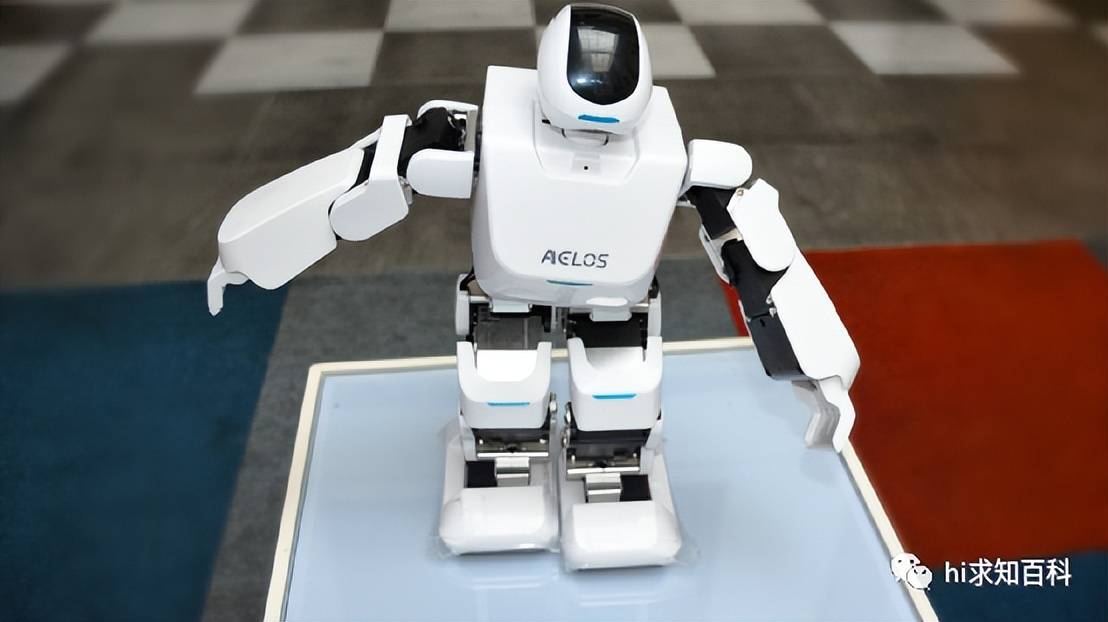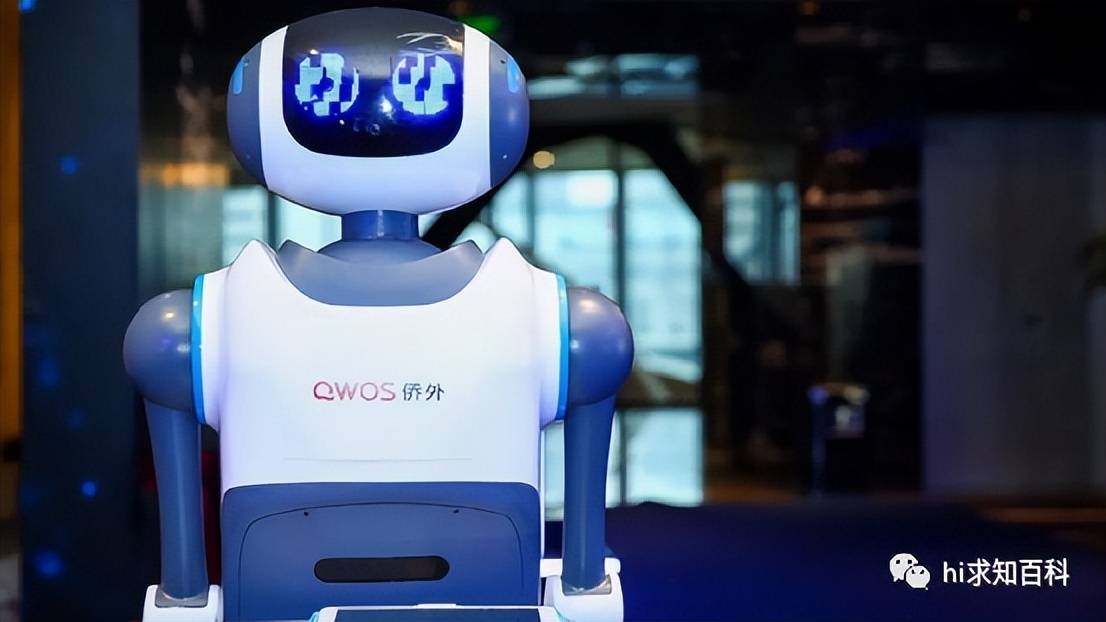How can AI predict extreme weather and natural disasters?
Human society has faced an increasing number of natural disasters in the past few decades. Due to climate change and environmental damage, extreme weather events have become more frequent and intense. However, using artificial intelligence technology, it is possible for people to obtain early warning signals before a disaster occurs, thereby effectively reducing the damage of the disaster.
Data Mining and Analysis - Predicting Natural Disasters
As population size and industrial development increase, so do the frequency and impact of natural disasters. In order to better predict natural disasters, scientists use data mining and analysis technology to study a large amount of historical data and related factors to obtain reliable prediction results.
Data mining is a process that uses computer technology to obtain valuable information from large amounts of data and analyze it. In terms of predicting natural disasters, data mining can help us identify important parameters such as probability, time, and location of natural disasters, and give corresponding early warnings.

Flood prevention prediction is one of the main directions of natural disaster prediction. Flood prevention prediction requires collecting a large amount of meteorological, hydrological and geological data, and using data mining technology to find connections between these data to predict future flood risks. When predicting floods, data such as river water levels, flow rates, and water volumes are crucial. Mining these data can build corresponding prediction models.
In addition to flood control prediction, there are other types of natural disaster prediction, such as earthquake prediction. Earthquake prediction requires collecting a large amount of data on geology, topography, crustal movement, etc., and analyzing these data using data mining technology to predict important parameters such as the time, location, and intensity of future earthquakes. This can help us take timely measures to reduce the harm of earthquakes to people.
Using data mining technology, we can reveal and apply the patterns and trends hidden in the data to predict natural disasters. This information helps us predict natural disasters more accurately, reduce losses and casualties, and ensure the safety of citizens’ lives and property. Therefore, data mining and analysis technology are very important in predicting natural disasters.

Real-time monitoring - Enhance disaster response capabilities
Although modern monitoring technology is becoming more and more advanced, simply having advanced monitoring technology is not enough. What is more important is real-time monitoring and timely response to enhance our disaster response capabilities.
Before a disaster occurs, the process of obtaining the latest information through continuous monitoring and predicting the time, location and scale of the disaster is called real-time monitoring. This can be achieved through the introduction of advanced technological means such as sensors, monitoring equipment and artificial intelligence. For example, in an earthquake early warning system, earthquake signals can be sensed in real time through earthquake monitoring equipment, and then the information can be quickly transmitted to various places so that people can take measures in advance to protect their lives and property.

Real-time monitoring can not only provide timely and accurate information, but also ensure that our early warning system can respond early, effectively reducing casualties and property losses. For example, during a typhoon, high-energy radar and satellite technology are used to obtain relevant data in real time, so as to issue early warning measures in a timely manner, reduce the pressure on the disaster area, and reduce casualties and property losses.
Real-time monitoring can also improve the speed and efficiency of our disaster response. After a disaster occurs, real-time monitoring can quickly obtain information and guide rescue operations. For example, after a forest fire occurs, remote sensing monitoring technology can detect the source of the fire in time, and then guide rescue operations to prevent the disaster from continuing to spread and accelerate the recovery and reconstruction of the disaster area.

Intelligent early warning - providing people with more comprehensive protection
The so-called intelligent early warning refers to the use of advanced technical means to analyze a variety of information to promptly discover possible risks, so as to take corresponding countermeasures earlier to ensure people's safety.
Intelligent warning technology is widely used, including weather warning, traffic warning, safety warning, etc. For weather warnings, meteorological data is key to prediction. When meteorological data indicates that there will be extreme weather such as heavy rains and thunder and lightning, the early warning system will release warning information to the society through various channels so that people can make corresponding preparations and avoid falling into danger.
Traffic warning is mainly aimed at road traffic conditions. By analyzing traffic flow, road conditions, traffic accidents and other data, it provides timely warning information, assists drivers to avoid congestion, and provides effective countermeasures when encountering dangerous situations.

Intelligent early warning technology is also of great use in the security field. By analyzing data such as monitoring the surrounding environment and the flow of people, it can detect danger signals in advance and take necessary countermeasures, so that people's lives and property can be better protected. Comprehensive coverage.
The application of intelligent early warning technology is inseparable from technical support. Continuously developing technologies such as artificial intelligence, big data and the Internet of Things provide more reliable, efficient and sophisticated technical support for intelligent early warning. At the same time, these technologies also promote the continuous upgrading and improvement of intelligent early warning systems.
In practical applications, intelligent early warning technology faces various challenges and problems, such as ensuring data accuracy and protecting personal privacy. In response to these problems, technology research and development should be strengthened to ensure the reliability and safety of the technology.

In general, artificial intelligence has potential and advantages in predicting extreme weather and natural disasters. AI can use the collection and analysis of large amounts of meteorological data to improve the accuracy of weather forecasts, helping people avoid risks in time and take necessary countermeasures. In addition, AI can also provide fast and effective rescue and support after natural disasters.
Proofreading: Flower Language Review: Miguang
The above is the detailed content of How can AI predict extreme weather and natural disasters?. For more information, please follow other related articles on the PHP Chinese website!

Hot AI Tools

Undresser.AI Undress
AI-powered app for creating realistic nude photos

AI Clothes Remover
Online AI tool for removing clothes from photos.

Undress AI Tool
Undress images for free

Clothoff.io
AI clothes remover

Video Face Swap
Swap faces in any video effortlessly with our completely free AI face swap tool!

Hot Article

Hot Tools

Notepad++7.3.1
Easy-to-use and free code editor

SublimeText3 Chinese version
Chinese version, very easy to use

Zend Studio 13.0.1
Powerful PHP integrated development environment

Dreamweaver CS6
Visual web development tools

SublimeText3 Mac version
God-level code editing software (SublimeText3)

Hot Topics
 1387
1387
 52
52
 Official announcement of Intel Core Ultra launch event! Towards a new AI era
Aug 09, 2023 am 11:53 AM
Official announcement of Intel Core Ultra launch event! Towards a new AI era
Aug 09, 2023 am 11:53 AM
Kuai Technology reported on August 7 that according to Intel’s official website, Intel will hold a new innovation conference “Innovation2023” (IntelOn2023) in San Jose, California on September 19, US time. The two-day conference has a very rich schedule, and one of the most noteworthy events is called "Intel Client Hardware Roadmap and the Rise of AI." At this event, Intel will introduce future consumer hardware platforms, including the highly anticipated new Core Ultra series code-named Meteor Lake, as well as its future roadmap. AI will also be a core topic, and Core Ultra will integrate an independent VPUAI hardware unit from the acquired Mov
 Applying physically coupled graph neural networks to improve precipitation forecasting skills at the Institute of Atmospheric Physics, Chinese Academy of Sciences
Jan 25, 2024 pm 03:42 PM
Applying physically coupled graph neural networks to improve precipitation forecasting skills at the Institute of Atmospheric Physics, Chinese Academy of Sciences
Jan 25, 2024 pm 03:42 PM
Editor | In the era of ScienceAI large models, the effects of purely data-driven meteorological and climate models are gradually catching up to or even surpassing numerical models. However, existing large-scale meteorological and climate models still have some problems. For example, the physical consistency in the model is not high enough, which limits the ability to predict complex weather and climate phenomena such as precipitation. In addition, the forecast effect of divergent wind is not satisfactory. These issues require further research and improvement to improve the prediction accuracy and reliability of the model. At present, combining physics, atmospheric dynamics and deep learning models is an important way to solve the bottleneck problem. Recently, the team of researcher Huang Gang from the Institute of Atmospheric Physics, Chinese Academy of Sciences, based on the data and computing power support of the Earth System Numerical Simulation Facility (Huan), analyzed the coupling relationship between physical variables from the perspective of
 Robin Li: AI cannot take away human jobs
May 30, 2023 pm 09:44 PM
Robin Li: AI cannot take away human jobs
May 30, 2023 pm 09:44 PM
In the past six months, generative artificial intelligence (AIGC) has become popular, once again arousing widespread global attention to the development of artificial intelligence. Some experts pointed out that the next 5-10 years will be a critical period for the development of artificial intelligence. It is predicted that the scale of China's core artificial intelligence industry will exceed 1 trillion yuan in 2030, and the global artificial intelligence market will reach 16 trillion U.S. dollars. There is still great potential and space for development. But at the same time, the powerful capabilities demonstrated by large artificial intelligence models such as ChatGPT have also caused many people to worry that large AI models will replace human work. What do practitioners in the artificial intelligence industry think of this? On May 18, Baidu CEO Robin Li said in a speech at the 7th World Intelligence Conference that artificial intelligence will not let people
 AI covers should have boundaries
May 25, 2023 pm 10:12 PM
AI covers should have boundaries
May 25, 2023 pm 10:12 PM
In recent years, AI singers have become popular on the Internet. On major music platforms and video websites, we can enjoy "AI Stefanie" covering famous works by famous male singers such as Jay Chou and Wang Leehom, and experience a different vocal experience; Use AI technology to restore the voices of late superstars such as Teresa Teng, relive the richness of memories, and make up for the regrets of the past. The application of AI technology in the field of music is both amazing and controversial. From the perspective of the singing field itself, the behavior of AI singers covering songs has its origins and is a new attempt in music synthesis technology. Since the new century, creating and covering songs with the help of music synthesis technology has become very popular at home and abroad. There are virtual singers covering classic works, and there are also "second creations" of singers covering songs synthesized by software. The two even appeared together on the Spring Festival Gala.
 State-owned enterprises use artificial intelligence technology to realize intelligent improvements in sand and gravel aggregate production
Nov 27, 2023 pm 09:07 PM
State-owned enterprises use artificial intelligence technology to realize intelligent improvements in sand and gravel aggregate production
Nov 27, 2023 pm 09:07 PM
On November 16, news came from the China Building Materials Circulation Association that the "Research and Development and Engineering Application of Integrated Intelligent Monitoring Platform for High-Speed Railway Mechanism Aggregate Production and Application" scientific and technological achievements participated by China Railway Fourth Bureau Materials Company won the science and technology selected by the association. First prize in the science and technology progress category. This award is approved by the Ministry of Science and Technology and is a nationwide industry science and technology award initiated and specifically organized by the China Building Materials Circulation Association in the award series of the National Science and Technology Award Office. It is reviewed and awarded once a year. The above-mentioned scientific and technological achievements are inseparable from the efforts of a young scientific and technological innovation team. The company team aims at the pain points and difficulties of sand and gravel aggregate mining and processing in construction construction, which are affected by uneven resource distribution, unstable quality of finished products, large mining environmental pollution, and multiple factors affecting transportation distance, and introduces artificial intelligence
 Golang's advantages and applications in AI development
Sep 10, 2023 am 11:51 AM
Golang's advantages and applications in AI development
Sep 10, 2023 am 11:51 AM
Golang is an open source programming language developed by Google and officially released in 2009. It is simple, efficient and safe, and is suitable for handling large-scale, high-concurrency tasks. In recent years, with the development of artificial intelligence (AI), Golang has also shown unique advantages and applications in the field of AI development. First of all, Golang has strong capabilities in concurrent programming. Concurrent programming is an integral part of AI development because many AI applications require processing large amounts of data and performing complex tasks.
 Meta plans to make large-scale investments in AI next year, Zuckerberg reveals
Oct 26, 2023 pm 05:21 PM
Meta plans to make large-scale investments in AI next year, Zuckerberg reveals
Oct 26, 2023 pm 05:21 PM
Driving China News on October 26, 2023 According to The Paper, Meta CEO Zuckerberg stated at the fiscal year 2023 third quarter earnings call that he believes that generative AI-related technologies will change the way people use various applications. Even more meaningfully, in the future, Meta may even use AI to directly generate content for users based on their interests. He said that by 2024, AI will become Meta's largest investment area, mainly in engineering and computing resources. In addition, Zuckerberg also added that in order to avoid hiring a large number of new employees, the company will lower the priority of some non-AI projects and transfer relevant personnel to AI jobs. According to reports, during the artificial intelligence boom in the past two years , Meta has been released
 How to invest in AI? 'Three major focus issues” faced by global first-tier VCs
May 31, 2023 pm 05:52 PM
How to invest in AI? 'Three major focus issues” faced by global first-tier VCs
May 31, 2023 pm 05:52 PM
At present, artificial intelligence is ushering in the "iPhone moment", spreading faster than any technological revolution in history. However, Morgan Stanley pointed out in the report that it is undeniable that the uncertainty of AI development is high. VCs have keenly discovered this and pointed out the following "three major focus issues." AI is growing significantly, and there is an urgent need for modular AI industry to develop rapidly. The speed of "technology diffusion" exceeds that of the Internet revolution. Modularity is the key to achieving faster growth of AI. "Technology diffusion" (TechDiffusion) is one of the most important themes in recent years. It is the process in which a technology is commercialized for the first time, passes through the stages of vigorous promotion and widespread adoption, and finally is eliminated due to lagging behind. And artificial intelligence technology




